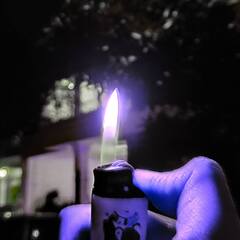Ohms issue bookshelf speakers 6ohms
4 hours ago, Kamranbites said:Yes when the resistor is not doing anything so we should remove it why is it there hanging around
Moreover we dont know what it is doing in my circuit with bridge setup is it changing audio curves or ohms we don't know that
And regarding the capasitor some think it might be culprit to Changing in ohms
So to pin point the issue we need to look into those things
Capasitor, resistor
They both have something to do in circuit.
Mostly as resistor is bridge we assume it is 0 resistance but it might be having some purpose no manufacturer will just throw in some resistors then bridge them
In end the issue is change in ohms before it spoils my amplifier we need to rectify it
Yes it is true that I don't hear sound difference but we can't hookup one speaker 6ohms and other 20ohms to my amplifier right?
The resistor had a purpose, until it got bridged, now its basically not in the circuit anymore. There is absolutely no reason to remove it, other than you desperately need it for another project.
Also, higher impedances are only a problem for certain tube amplifiers, which you don`t use. So there is absolutely no problem. Also when both speakers sound the same, there is no problem. The only one that can even cause such a change of impedance is the woofer, so the capactor and the resistor aren`t measured when you measure the loudspeaker with a normal multimeter, since it only measures with DC, which the capacitor will simply filter out.




















Create an account or sign in to comment
You need to be a member in order to leave a comment
Create an account
Sign up for a new account in our community. It's easy!
Register a new accountSign in
Already have an account? Sign in here.
Sign In Now